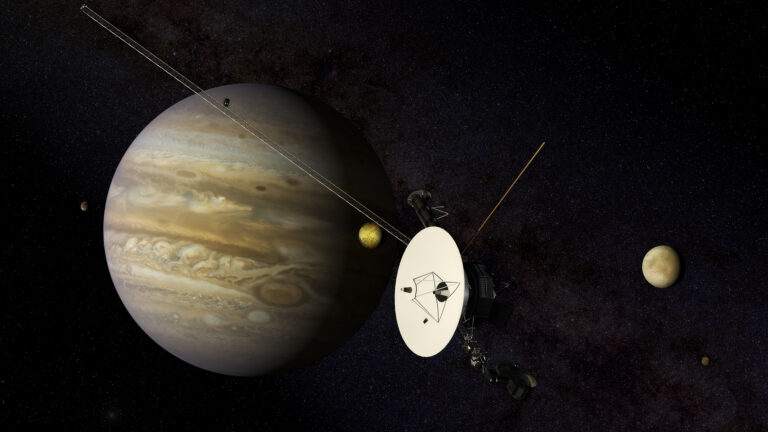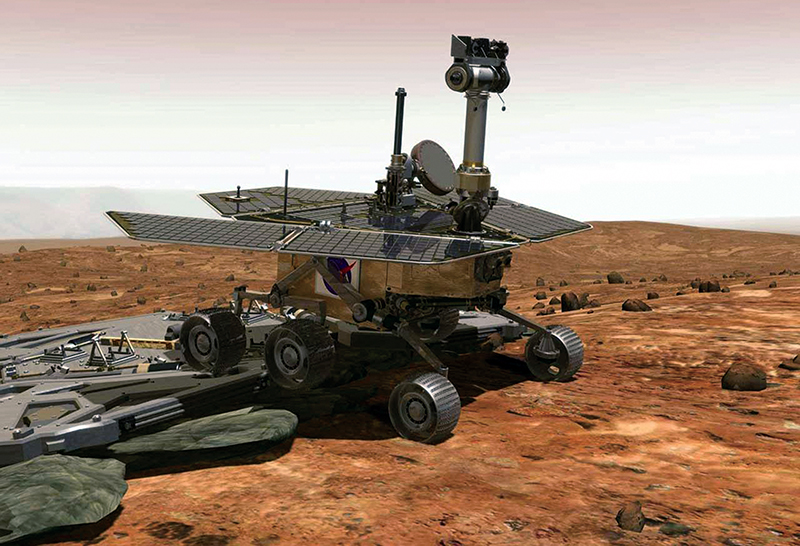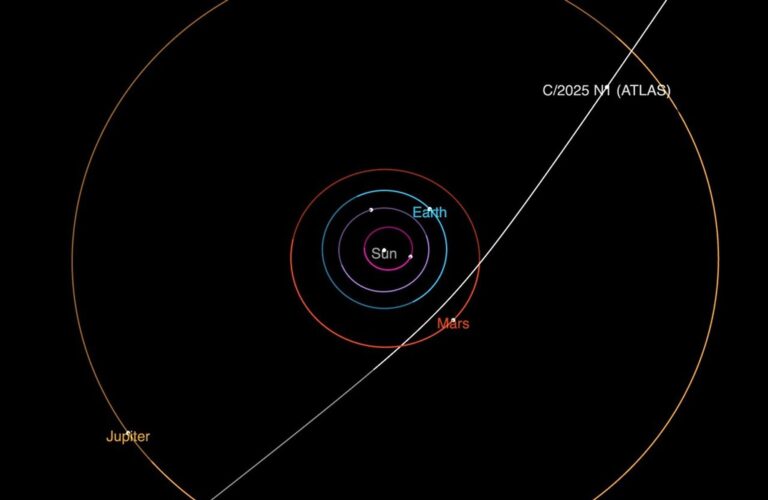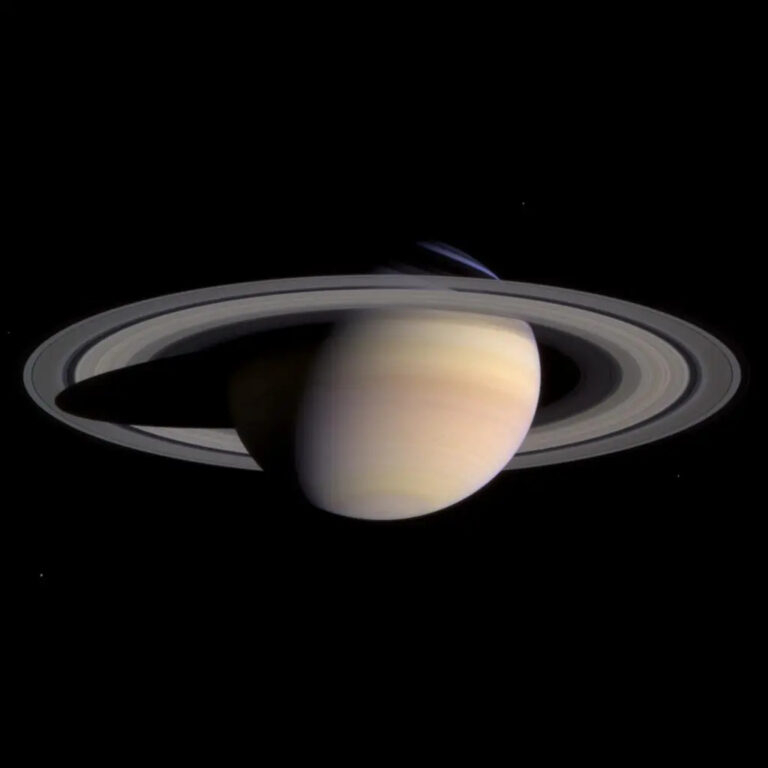Key Takeaways:
The spacecraft exited safe mode at 5:12 p.m. EDT October 11. The spacecraft is currently operating nominally, and all systems are fully functional.
On October 9, Juno passed within 350 miles (560 kilometers) of the ocean just off the tip of South Africa at 3:21 p.m. EDT. Soon after closest approach, a signal was received by the European Space Agency’s 15-meter antenna just north of Perth, Australia, indicating the spacecraft initiated an automated fault-protection action called “safe mode.”
Safe mode is a state that the spacecraft may enter if its onboard computer perceives conditions on the spacecraft are not as expected. On board Juno, the safe mode turned off instruments and a few non-critical spacecraft components and pointed the spacecraft toward the Sun to ensure the solar arrays received power. The spacecraft acted as expected during the transition and while in safe mode.
The Juno science team is continuing to analyze data acquired by the spacecraft’s science instruments during the flyby. Most data and images were downlinked prior to the safe mode event.
The Juno spacecraft is named for the mythological wife of the god Jupiter, who used her special powers to discover the secrets Jupiter was hiding behind cloud cover. Much like its namesake, the spacecraft will probe the mysteries beneath the planet’s visible surface to understand its structure and history.










